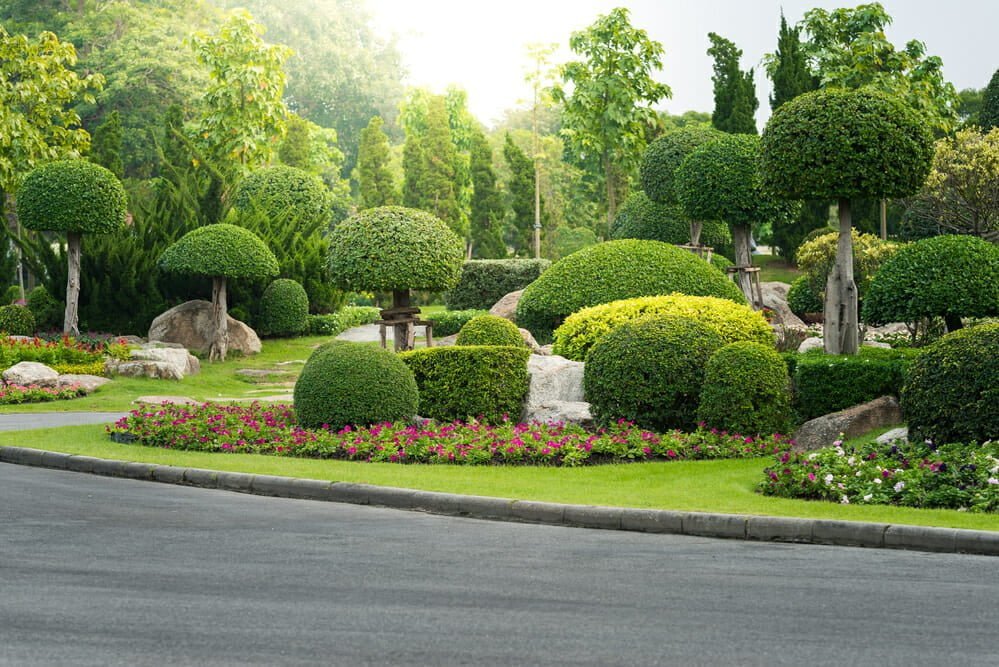Are your landscaping trees healthy? Do you know how to spot the signs of disease in a tree?

Tree diseases – typically bacterial, fungal or viral infections – can’t always be prevented. And, unfortunately, not every diseased tree can be saved. But, if you catch the problem early, your local garden center can help you find an effective treatment solution. Here are some signs that may point to disease in landscaping trees.
Foliage Changes
Are any of your trees dropping leaves out of season? Do you see any differences in the foliage coloration? Do the leaves have holes, malformations or other damage?
The condition of a tree’s leaves can be a good gauge of overall health. So, if you notice any changes in the foliage, you could be dealing with tree disease.
Cracks and Cankers in the Bark
Visible changes in the bark can also indicate that your landscaping trees are suffering from disease.
The bark may become discolored as it weakens. In addition, tree disease can lead to cracks or deep splits in the bark. You might also see cankers, which are holes or areas of dead bark surrounded by healthy bark. Cracks and cankers increase the chance of disease causing the tree to fail.
Weak Branch Unions
Check out the spots where branches attach to the tree trunk. If the branch unions don’t appear strong and secure, the tree could be diseased.
When two branches grow close together, bark – not wood – grows to separate them. Bark isn’t nearly as strong as wood, so the branch unions become weakened and susceptible to tree disease.
Dead or Decayed Branches
Dead branches can be a sign of tree disease. If your landscaping trees have dry, lifeless limbs, they need prompt treatment for any chance of a return to health.
Decayed branches are just as problematic, but aren’t quite as easy to spot because trees initially decay from the inside out. So, look for other decay and disease symptoms, such as soft, crumbly wood and mushroom growth.
Lopsided Growth
In some cases, poor structure and uneven growth can indicate the presence of tree disease.
Landscaping trees that are affected by disease may grow to lean in one particular direction. When you can see a lopsided growth pattern in the branches, the tree is probably in trouble.
If you notice any signs of disease in your landscaping trees, consult with the experts at Millcreek Gardens as soon as possible. Early treatment will give you the best chance at stopping the disease from turning into a death sentence.
The friendly Millcreek Gardens team can also offer preventive strategies for keeping all of your outdoor plants, shrubs, annuals, perennial flowers and landscaping trees healthy all year round. To learn more, visit our Salt Lake City garden center today.


